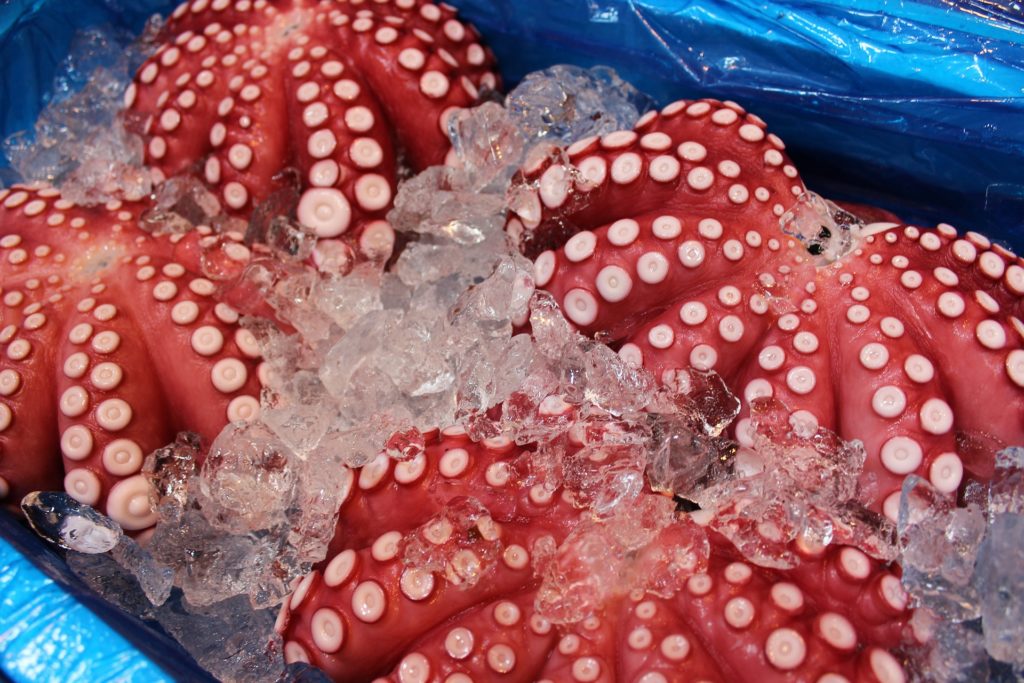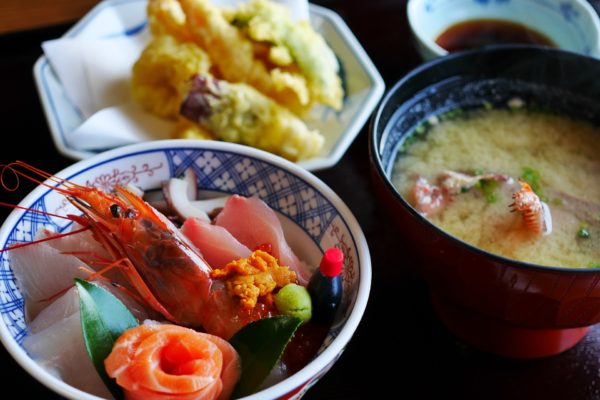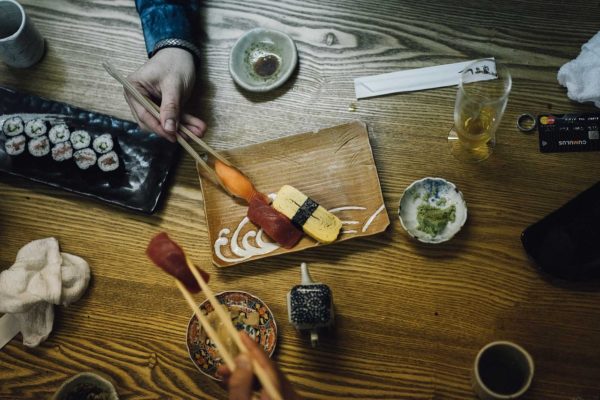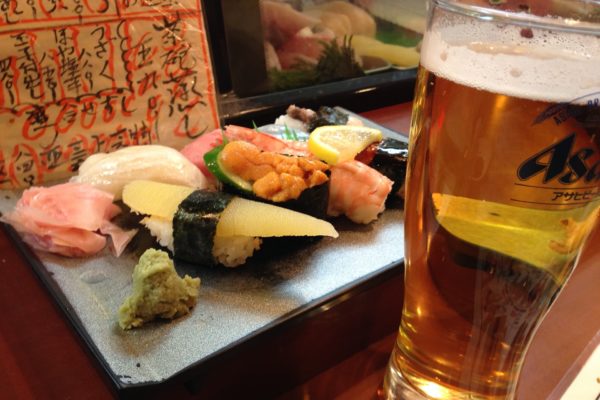Japanese cuisine is one of the greatest, highly-regarded foods in the world. If visiting Japan, it is a must to try as much local food as you can, whether it is a full course meal of wagyu at a top-rated fancy restaurant, a serving of takoyaki at a small stall during a festival, or a bento from a convenience store.
However, there are certain Japanese foods that raise the eyebrows of a lot of foreigners, and even some locals. These dishes are considered controversial because of how they are made, getting into the ethical discussions territory, and also because of how odd and unfamiliar they are to an outsider’s eye.
Below are some controversial Japanese foods that you may or may not want to try on your next Japan trip:
Horse meat
Eating horse meat was quite common in numerous Asian, South American, and European cultures in the prehistoric era. Horses were hunted because they provided excellent amounts of protein for human survival back then. However, through the years, horse meat consumption has become less widespread as concerns on the ethics of slaughtering the animal for food have risen. Today, horse meat dishes are mostly only found in Central Asia.
In Japan, raw horse meat is known as sakuraniku (where sakura is Japanese for cherry blossoms, and niku is Japanese for meat). It is low in fat, tender, and has a hint of sweetness to it. It is usually prepared as sashimi, in which the raw meat is cut into thin slices and dipped in sauce made of soy sauce with onions and ginger. Sometimes, it is also served as yakiniku (barbecued meat), and is known as bakiniku (which is literally translated as horse meat) or bagushi (which means skewered horse).
If you want to try horse meat in Japan, Tohoku, Oita, Nagano, and Kumamoto have restaurants and izakaya bars that serve this dish.
Whale and dolphin
A lot of countries these days work hard to prevent the extinction of different wildlife, including whales and dolphins. Various organizations and groups, such as the International Whaling Commission and the Orca Conservancy, continue to spread awareness on the importance of keeping whales, dolphins, and other marine lives protected and out of harm’s way. They want to stop people from hunting whales and dolphins for their meat.
In Japan, whales and dolphins are regarded like any regular kind of fish. Unlike most foreigners, the local fishermen see these animals as food and a source of livelihood.
The Japanese have been hunting whales and dolphins for food even before 800 AD. The practice became more prevalent after the severe damages of World War II, as the people needed more proteins to survive.
These days, not a lot of Japanese eat whale or dolphin meat anymore, but you can still find a number of restaurants and izakaya around the country that still serve this dish. The belly and tail parts are often cut into thin slices and served as sashimi, or used to make hot pot dishes, steaks, stews, and salads.
Ikizukuri and odori ebi

You have probably seen on some reality television show how some seafoods, such as octopus, are served and eaten while they are still alive. Do you remember how the participants appear to be terrified and are not so sure about shoving those squirming animal body parts into their mouths?
Eating live seafood is widespread in East Asia, particularly in China, Korea, and Japan. Even in the United States, there are certain restaurants where you can try this unique dining experience. In Japan, the practice of eating live seafood is known as ikizukuri, which is roughly translated to English as “prepared alive”.
Apart from octopus, fish, lobster, oysters, and shrimp are also commonly used in this culinary technique. At restaurants, these live animals are placed in one or more tanks, and customers can choose which one they want the chef to prepare. There are a variety of serving styles, but the most common one is to simply place the filleted meat on top of the animal’s body. In the case of a fish, the chef usually just cuts three slices of meat from the body, and leaves the head intact, with the gill still moving.
Odori ebi is a type of ikizukuri. It is a Japanese delicacy, in which live baby pink shrimps, dipped in sake, are served and consumed while their antenna and legs are still wriggling.
Ikizukuri and odori ebi are frowned upon by many because of concerns regarding the pains and sufferings the animals are going through while being prepared and eaten while still alive.
Frog heart
Eating frog heart is not for the faint of heart. In Japanese restaurants that serve this dish, the chef prepares your food right in front of you. He or she cuts into the live frog’s chest to get a hold of its heart. Then, with a pair of chopsticks, he or she hands the beating heart to you, and encourages you to eat it while still fresh. The frog is then skinned, and its internal organs removed, and its meat cut into sashimi slices.
Many people see this method as cruel and barbaric, so there are many people that call for it to stop. In fact, in 2012, there was a viral video that captured the entire process of eating a live frog — from stabbing it to get its heart out, skinning it, gutting it, and slicing it, all while it is still moving, eyes still blinking. It sparked protests from the online community in different parts of the world, with people angry and upset at how cruel and disgusting it was, calling it animal torture and cruelty.
The video is quite graphic and disturbing, and is still up on YouTube. Watch it at your own risk.



